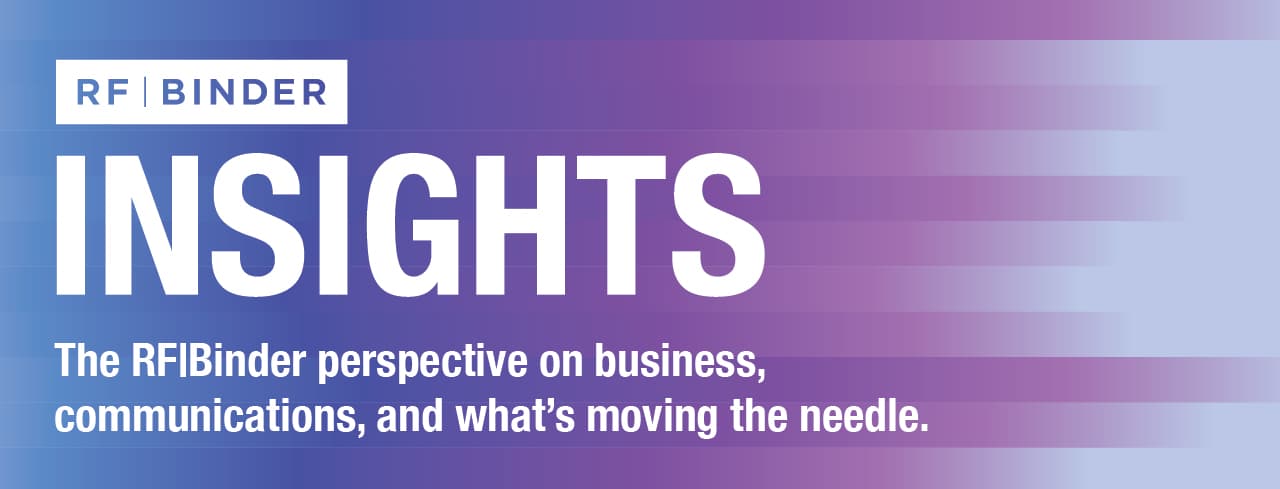Since the tragic Atlanta shooting last March, coverage of AAPI hate has waned considerably, yet hate crimes persist. According to a report from Stop AAPI Hate, 6,273 hate crimes were reported in 2021. Verbal harassment remains the primary kind of hate crime, making up 63% of total incidents reported. Following that, physical assault makes up the second largest category comprising 16.1% of incidents. The majority of incidents targeted women across all categories. Additionally, research published by the CSUB Center for the Study of Hate and Extremism found that anti-Asian hate crimes rose by 339% in the past year. These shocking numbers make it clear that Anti-Asian racism and violent crimes are still a troubling reality.
Speaking from personal experience, in the past year, I’ve felt unsafe and anxious on numerous occasions walking around on my own. Part of the anxiety can be attributed to the many headlines of crimes committed against Asian American women and elders, which have put me on high alert. I’ve even had first-hand experience with growing anti-Asian hostility, though thankfully none as violent as the stories I’ve read. These uncomfortable encounters include being shoved, accosted and yelled at in unsavory racially charged language in the street—all on separate occasions. After each encounter, I didn’t feel fear or anger. I felt shock and relief—shock that the incident happened and relief that it was over. If I haven’t made it clear yet, I am a Chinese American woman. While my full name may obscure my racial identity, my facial features reveal me. I am acutely aware of the way my eyes mark me as something other than distinctly American to many—a perpetual foreigner.
As a writer in the communications and public relations field, I know that words have a profound impact in shaping our perceptions and our view of the world around us. Communications professionals have the power to shape and influence the dialogue preventing the perpetuation of harmful stereotypes and amplifying minority voices. This can take the form of striving to educate others and being more conscientious when crafting narratives, especially to combat misinformation. Misrepresentation, such as referring to COVID-19 as “Kung-Flu” and the “China virus”, has been tied to the rise in anti-Asian bias and subsequent hate crimes. Less obvious examples include reinforcing the “model minority” myth, which paints all Asian Americans as high-achieving, non-threatening people of color further minimizing the very real discrimination and disparities faced. This seemingly complimentary stereotype is just as harmful as it sows seeds of mistrust and resentment that further divides Asian Americans and other minority groups.
As communications professionals, we can do more to combat harmful narratives and support marginalized groups. When tragedies happen like the Atlanta shooting or the murder of George Floyd, so often organizations rush to share statements in support to display their solidarity. But, oftentimes these statements are released without any supporting action to demonstrate the organization genuinely cares and supports the communities they purport to. Before rushing to release a hollow statement, communications professionals should seek to educate themselves and reflect on how their agency has supported marginalized communities. According to data from the U.S. Bureau of Labor Statistics, just 4.5% of public relations specialists are Asian compared to 83.7% white PR specialists. This disparity shouldn’t be ignored as if it’s a mere trifle. It’s worth reflecting on why that is and what can be done to diversify the field.
I’m fortunate enough to work at RF|Binder, an agency that values developing a diverse workforce and understands that DEI initiatives are not one and done. I am a member of the Culture of Belonging Committee, which hosts bimonthly Content Club meetings that are focused on opening the dialogue around diversity, equity and inclusion. Creating a more equitable workforce is an ongoing commitment that involves listening, reflecting and having difficult conversations. Our goals extend beyond dialogue, however, and we’re also in the process of executing items on our action plan to put these discussions into practice year-round. This includes being more wary of how we construct narratives, partnering with diverse organizations, influencers, and suppliers, making efforts to hire a diverse pool of talent and last but not least listening to BIPOC coworkers and making efforts to learn from their perspectives.
All companies, particularly those in communications, should recognize that it is equally important to focus efforts on elevating all marginalized groups with the understanding that each group suffers from its own racial inequities. With our knowledge of how the media shapes discourse we are empowered to create impactful change. Being a true champion for DEI means doing more than making a social post for insert month or day. It means constantly seeking to learn and listen to diverse perspectives, being open to change and always challenging the status quo to create a workplace that welcomes and champions everyone. Without action, words can feel empty, so communications agencies stand to benefit from asking themselves how they can continue to support AAPI and other marginalized communities during and beyond AAPI Heritage Month.

